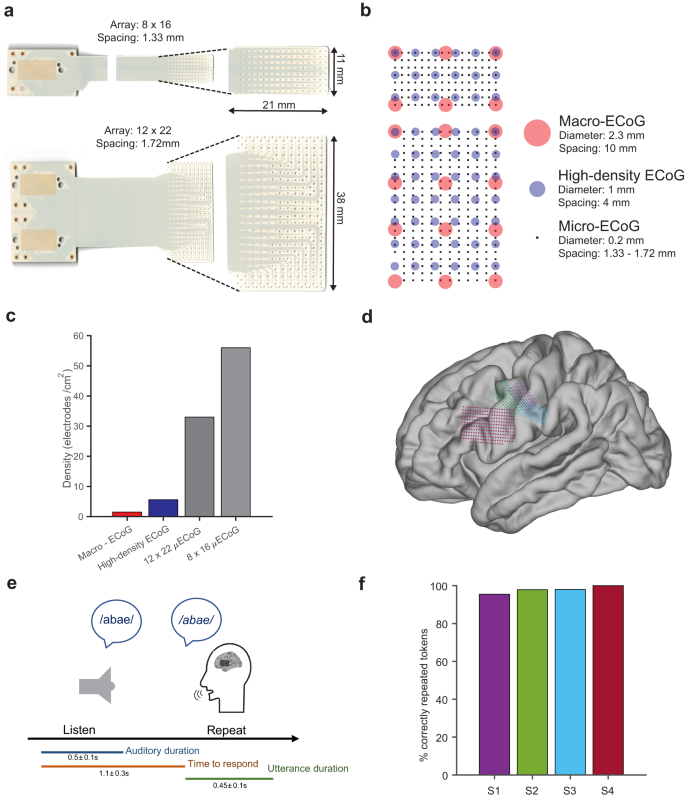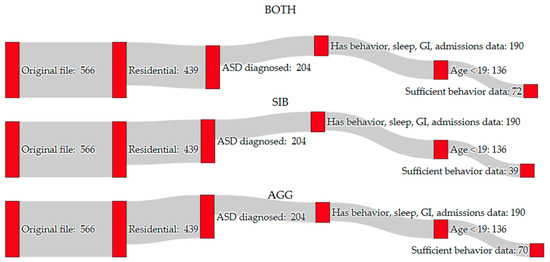2023-11-06 パデュー大学
◆これにより、藻類の増殖が制御できなくなり、藻類が毒素を生成したり、低酸素状態(低酸素水域)を引き起こす可能性が高まります。環境におけるプラスチックの影響がどれだけ深刻かを示唆しています。
<関連情報>
- https://www.purdue.edu/newsroom/releases/2023/Q4/experiment-shows-biological-interactions-of-microplastics-in-watery-environment.html
- https://www.sciencedirect.com/science/article/pii/S0048969723053160
マイクロプラスチックは、動物プランクトンの摂食を減らし、藻類を消費者のコントロールから解放する可能性を通して、単純な水生食物網の力学に影響を与える。 Microplastics impact simple aquatic food web dynamics through reduced zooplankton feeding and potentially releasing algae from consumer control
Christopher R. Malinowski, Catherine L. Searle, James Schaber, Tomas O. Höök
Science of the Total Environment Available online 1 September 2023
DOI:https://doi.org/10.1016/j.scitotenv.2023.166691
Highlights
•Ingestion of microplastic particles higher for D. dentifera than A. dorsalis
•Ingestion of algae decreased for zooplankters in high microplastic concentrations.
•Chlorophyll-a levels increased in high microplastic concentrations.
•Risk of predation had minor effects only on microplastic uptake in D. dentifera.
Abstract
Concentrations of microplastics in aquatic environments continue to rise due to industrial production and pollution. While there are various concerns regarding potential deleterious effects of microplastics on ecosystems, several knowledge gaps remain, including the potential for microplastics to directly and indirectly affect biotic interactions and food web dynamics. We explored the effects of environmentally relevant microplastic concentrations on two co-exposed species of herbaceous freshwater crustaceous zooplankton, filter feeding Daphnia dentifera and selective phytoplankton grazers Arctodiaptomus dorsalis. Study organisms were exposed to different concentrations of microplastics (plastic polyethylene microspheres; low = 2.38 × 10-8 mg/L, medium = 0.023 mg/L, high = 162 mg/L), phytoplankton prey, and predator cues, simulating a simple freshwater food web. Microplastic uptake was greater by D. dentifera, but both species were characterized by decreased algal consumption in the highest microplastic concentration treatment. Importantly, aqueous chlorophyll-a concentrations at the conclusion of the experiment were greater for the high microplastic treatment than all controls and other microplastic treatments. Finally, a predator effect was only apparent for D. dentifera, with greater microplastic uptake in the presence of a predator. We conclude that microplastics may adversely impact the ability of zooplankton to feed on algae and potentially release algae from consumptive control by herbivorous zooplankton.
Synopsis
This research aimed to better understand the broader food web effects of environmentally relevant microplastic concentrations on aquatic communities.
Graphical abstract



